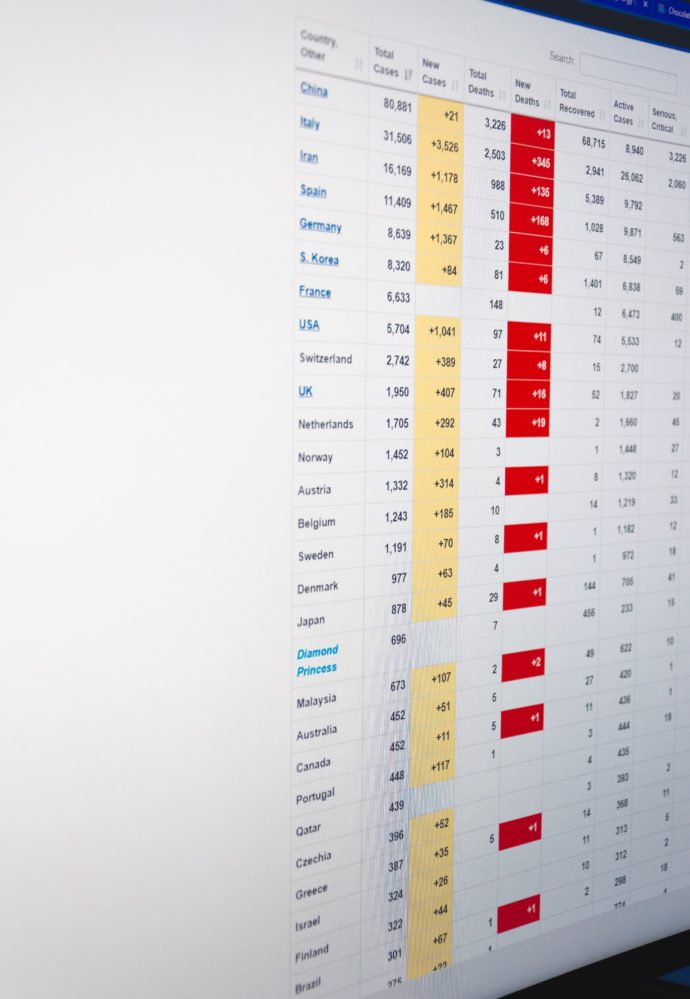The Wall Street Journal recently published a story titled “How the Drug Lobby Lost its Mojo in Washington.” The story also is available on the Journal’s listener friendly podcast. The upshot of the story is that the bipartisan effort to enact a drug pricing law may have legs as they say on Capitol Hill.
“In the past PhRMA had a reputation for rolling the tanks against every proposal irrespective of industry impact,” says PhRMA Chief Executive Officer Stephen Ubl. “We are now taking a more proactive approach of coming to the table to offer policy makers solutions that would address patient affordability challenges.”
PhRMA’s Mr. Ubl says the drug industry could be open to a deal that combines elements of bills from Mr. Grassley, Mrs. Pelosi and House Republicans, saying there “are provisions in all three bills that have bipartisan support and could meaningfully improve affordability for patients without including price controls.”
In the no good deed goes unpunished department, the Pharmacy Times reports that
Four FDA-approved products that face no competition may increase health care spending by as much as $20.25 billion, according to a new analysis by Vizient Inc.1
The report focused on the Unapproved Drug Initiative (UDI) and its unintended effects on the market. The UDI was an FDA mandate enacted in 2006 that required unapproved drugs in use prior to FDA review of safety and efficacy to be either approved or removed from the market. Once a previously unapproved drug receives FDA approval, the manufacturers of other unapproved versions are asked to remove their products from the market.1
Although the goal of the UDI was to remove potentially dangerous medications from the market, the report authors noted that most of the products are chemically well-defined, reuqire no research and development, and are widely used in health care settings.1
The researchers used the wholesale acquisition cost (WAC) for all calculations and then estimated and used IQVIA data for all US health care product units purchased.1
According to the authors, the UDI has resulted in $2.66 billion in increased costs already incurred, $8.75 billion in estimated cossts awaiting the UDI decision, and $17.59 billion in remaining exclusivity estimated costs.1
Hokey smokes, that’s a big bowl of wrong.
The FEHBlog who is not much of a world traveler was aware of the State Department’s international travel advisories. Today he learned about the Center for Disease Control’s travel health notices. It’s important to check both lists if you plan to travel internationally.
In the healthcare provider competition department, Fierce Healthcare reports that
The Urgent Care Association released its 2019 benchmarking report that showed the total number of centers had reached 9,616 as of November 2019, a 9.6% jump from the previous year.
The number of centers has increased steadily each year from 2013, when the total number of urgent care centers was 6,100. Both urgent care centers and retail clinics have continued to grow across the U.S. as patients look for convenience and affordability, creating competition with traditional hospital and physician practice services.
In the FEHBlog’s view, convenient access to care is great as long as the primary care provider is kept in the loop.
In the good public health news department, the Department of Health and Human Services announced today that
The Health Resources and Services Administration (HRSA) [has] awarded approximately $117 million to expand access to HIV care, treatment, medication, and prevention services. This investment is a critical component of the Administration’s Ending the HIV Epidemic: A Plan for America (EHE) initiative, which aims to reduce the number of new HIV infections in the United States by 90 percent by 2030.
The EHE initiative and today’s awards focus on 48 counties, Washington, D.C., and San Juan, Puerto Rico, geographic areas where more than 50 percent of new HIV diagnoses occurred in 2016 and 2017, as well as the seven states with a substantial rural HIV burden.
Finally, as she is the most influential healthcare policymaker in the U.S. per Modern Healthcare, take a gander at CMS Administrator Seema Verma’s speech to the annual CMS quality conference.







